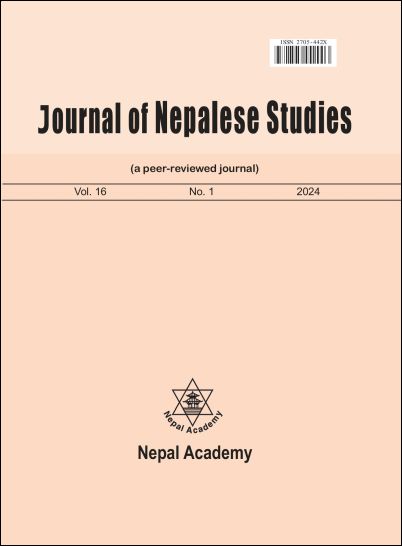Indigenous nationalities and politics in Nepal: constitution assembly to parliament
DOI:
https://doi.org/10.3126/jns.v16i1.71788Keywords:
Indigenous Nationalities, representation, election, House of Representatives, Constituent AssemblyAbstract
This article is a descriptive analysis of the political representation of the Indigenous Nationalities in the legislative bodies Constituent Assembly, Federal Parliament, and Provinces Assembly. The data presented in the paper are based on secondary sources, primarily the election result books and reports. The overwhelming representation of the Indigenous people in the first CA shed a new hope towards the end of all forms of subjugation and injustice against the hitherto marginalized groups, including Indigenous people. However, the representation in the House of Representatives and the Province Assemblies after the promulgation of the Constitution of Nepal in 2072 was not as anticipated by the Indigenous Nationalities, including other historically marginalized communities. The comparative analysis of the results of the first CA election held in 2064 and the House of Representatives and provincial assemblies held in 2079 shows that the representation of the Indigenous people in the state apparatus is decreasing (disappointing) against the spirit of the constitution, which envisioned building an egalitarian society based on the principles of proportional inclusion and social justice. In the first CA, 218 out of 601 members (i.e., 36.27 percent) were represented by indigenous members. However, there are only 84 indigenous members, which is 30.545 percent out of a total of 275 seats in the House of Representatives. Likewise, there are only 179 indigenous representatives out of 550 members in the state assemblies (i.e., 30.60 percent). Therefore, the political parties should focus on ensuring the inclusive representation of the hitherto subjugated sections of society, including ethnic communities in the state apparatuses, not their cadres and relatives.




